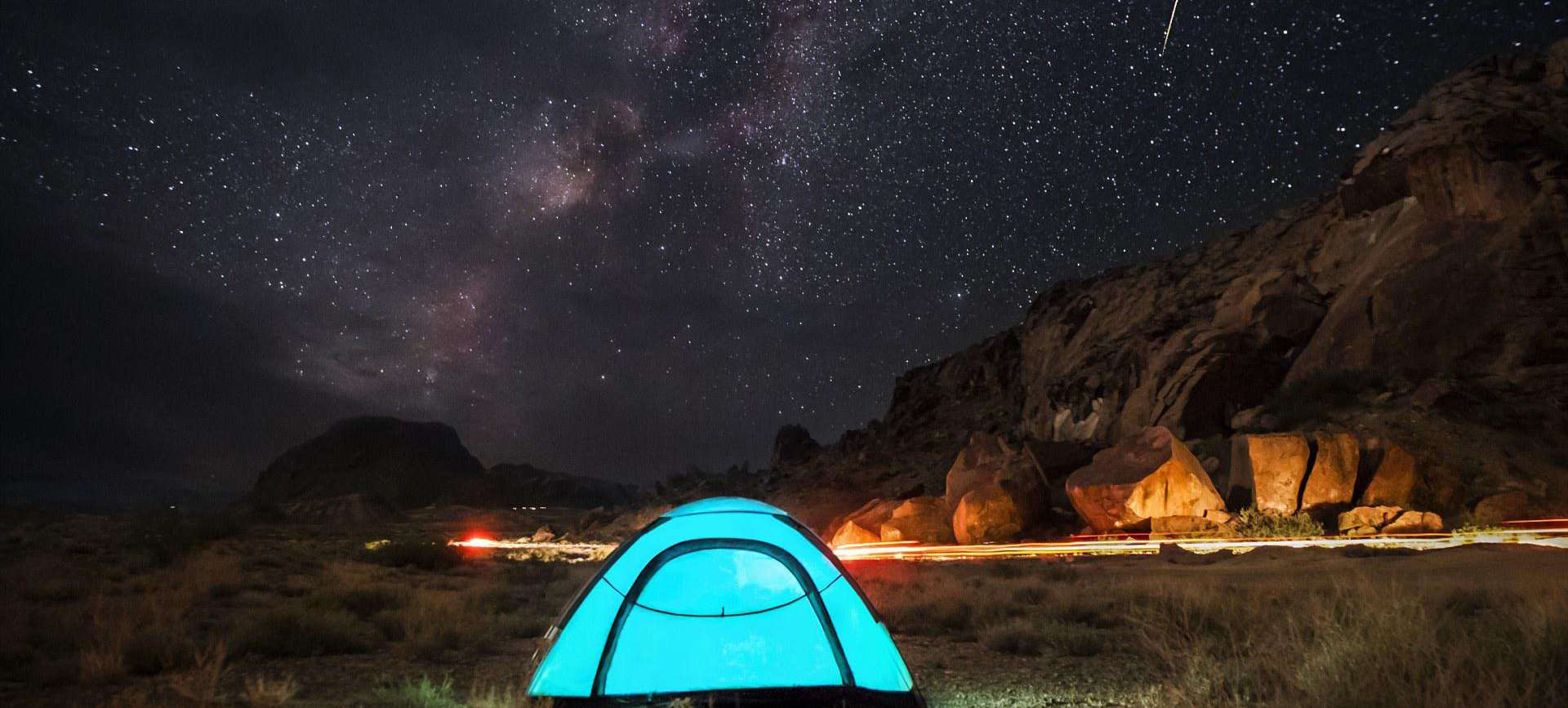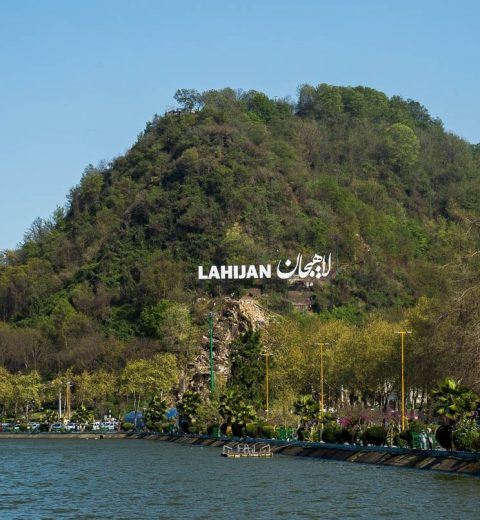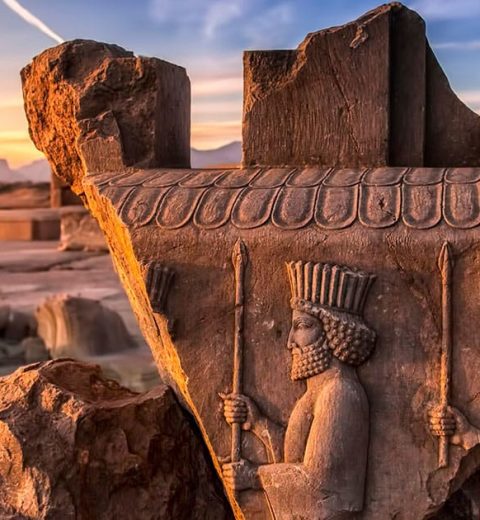Despite the favorable geography of Iran for astronomical tourism and the attractions of such trips, this model of tourism is less known among travel fans.
The vast deserts and clear skies of central parts of Iran, especially desert areas that are far from cities, are the best capacity for astronomical tourism.
Astronomical tourism is a type of experimental tourism in which tourists travel to gain astronomical experiences such as star sightings, lunar eclipses, aurora borealis, and meteorites. In addition, activities such as visiting observatories, astronomy museums, skyscrapers, space travel to the atmosphere by spacecraft, etc. are also among the astronomical experiences. This section is divided into two main types based on the characteristics of these activities, which include the following:
Astronomical tourism and sustainable tourism development
The main activity of terrestrial astronomical tourism is the observation of stars, natural astronomical phenomena, combined with learning the scientific knowledge of geography, environment, and history to explain the phenomena. Therefore, this type of tourism is considered similar to ecotourism and will have positive effects, because it emphasizes the preservation of natural resources. For example, one of the most important factors in providing terrestrial tourism is a dark sky without light pollution. Thus, a destination with a development strategy, such as cities in North America, Iceland, and Australia, focuses on maintaining a dark sky and limiting activities that increase light pollution levels.
It can be said that terrestrial astronomical tourism has positive consequences in the sustainable development of tourism, because this form of tourism provides tourists with knowledge about nature and the world, increases awareness, and encourages tourists to protect nature and the environment. On the other hand, space tourism is controversial because of the negative effects it has. Research and construction of space airports, as well as the use of fuel for spacecraft, will increase the emission of pollutants, which will pollute the environment and accelerate climate change. Climate change experts are concerned that the burning of fuel by spacecraft will have a negative impact on the ozone layer.
In addition, although space tourism brings new experiences to tourists, it is only suitable for a small group of tourists who can afford the very high cost of space travel. Therefore, space tourism has very limited benefits compared to the negative effects it creates and it is considered as a kind of unsustainable tourism.
Terrestrial astronomical tourism
Terrestrial astronomical tourism is the most common type of astronomical tourism, which includes travel experiences with the aim of observing astronomical phenomena from the earth in suitable geographical areas and the minimum level of light pollution and technical equipment support. In addition to observing astronomical phenomena, activities related to visiting astronomical observatories and museums with the aim of learning about the world are also included in the category of terrestrial astronomy.
Space tourism
Space tourism is a concept that refers to space travel activities by spacecraft. The concept has recently gained popularity due to the development of aerospace companies such as space exploration technology companies or SpaceX and Virgin Galactic. In addition, there are forms of virtual tourism to simulate astronomical phenomena or space flight.





